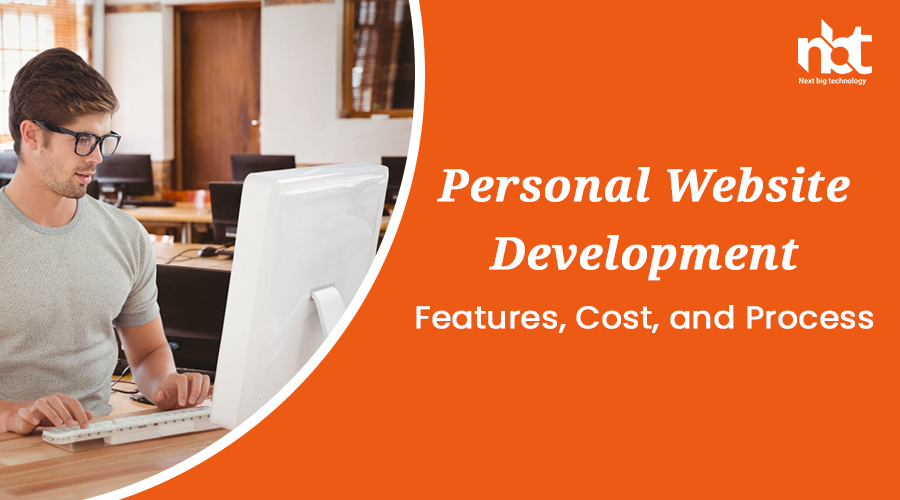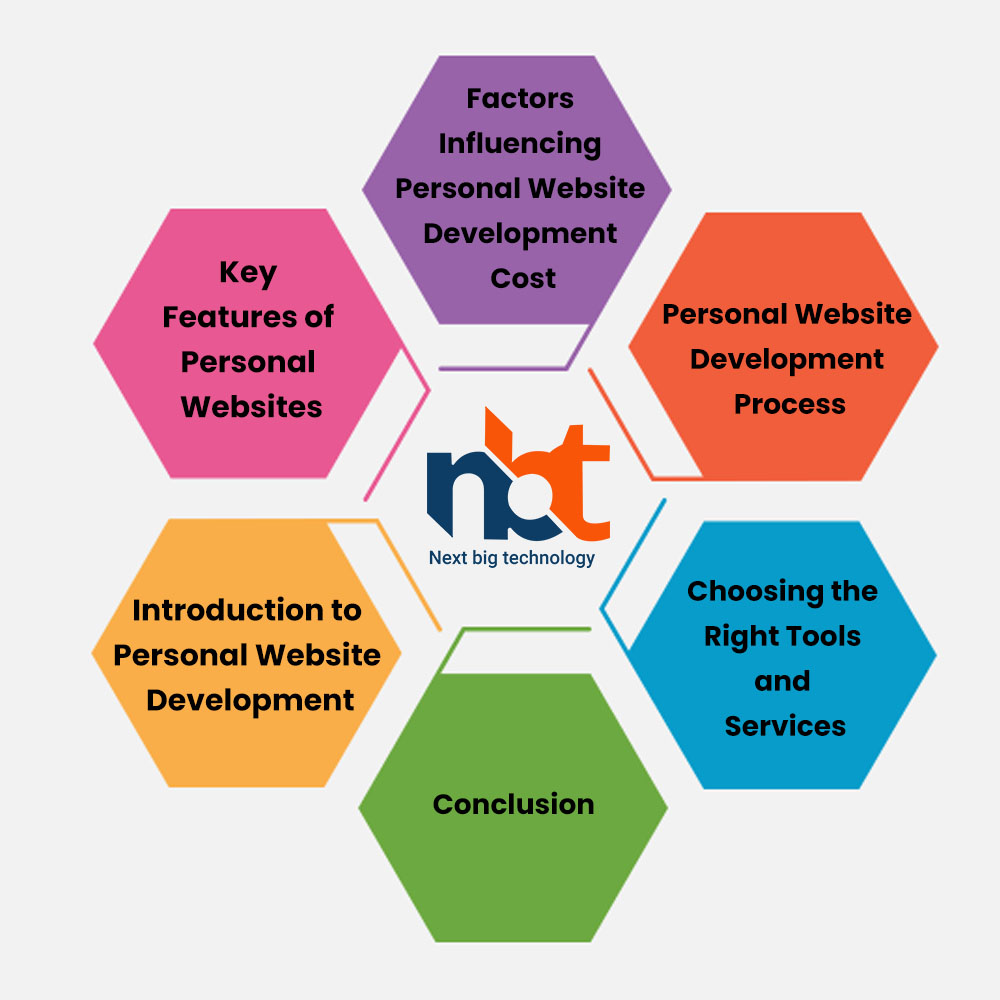In the digital age, a personal website has become a powerful tool for individuals to showcase their skills, portfolio, blog, or even just to establish an online presence. Whether you’re an artist, freelancer, entrepreneur, or simply want to share your thoughts with the world, a personal website can serve as your virtual identity. In this comprehensive guide, we will explore the key features, cost considerations, and step-by-step process of developing a personal website.
Table of Contents
Introduction to Personal Website Development
- Defining the Importance: The significance of having a personal website in today’s digital landscape.
- Benefits of a Personal Website: Establishing credibility, showcasing work, expanding network, and sharing insights.
Key Features of Personal Websites
- Custom Domain Name: Choosing a unique domain that represents your identity.
- Responsive Design: Ensuring your website looks and functions well on various devices.
- Portfolio Showcase: Displaying your work, projects, achievements, or creative endeavors.
- About Me Section: Introducing yourself and your background to visitors.
- Blog or Articles: Sharing your thoughts, expertise, or experiences through blog posts.
- Contact Information: Providing a way for visitors to reach out to you.
- Social Media Integration: Linking to your social media profiles for broader engagement.
- Testimonials: Showcasing feedback and endorsements from clients or collaborators.
- Interactive Elements: Adding interactive elements like forms, quizzes, or surveys.
- Personal Branding: Designing the website to align with your personal brand identity.
Factors Influencing Personal Website Development Cost
- Design Complexity: The intricacy of design elements, animations, and layout.
- Functionality: Advanced features like e-commerce integration or custom plugins.
- Content Creation: Costs associated with writing, graphics, and multimedia creation.
- Hosting and Domain: Expenses for domain registration and web hosting.
- Maintenance and Updates: Ongoing costs for updates, security, and backups.
- Professional Services: Hiring a designer, developer, or content creator.
Personal Website Development Process
1. Planning Phase
- Defining Purpose: Identifying the main goal of your personal website.
- Target Audience: Understanding who your website is intended for.
- Content Strategy: Planning the type of content you’ll showcase.
- Domain and Hosting: Registering a domain name and choosing a hosting provider.
- Budget Planning: Estimating the costs involved in development and maintenance.
2. Design and Development Phase
- Choosing a Platform: Selecting a content management system (CMS) like WordPress, Wix, or Squarespace.
- Selecting a Template: Choosing a pre-designed template that suits your style and purpose.
- Customizing Design: Modifying the template to reflect your personal branding.
- Content Creation: Creating engaging and relevant text, images, and multimedia.
- Website Structure: Organizing content into pages and sections.
- Adding Functionality: Integrating plugins or widgets for additional features.
- Optimizing for SEO: Implementing search engine optimization strategies.
3. Testing and Launch Phase
- Testing: Ensuring all links, forms, and interactive elements work flawlessly.
- Mobile Responsiveness: Verifying the website’s performance on various devices.
- Browser Compatibility: Checking compatibility across different web browsers.
- Content Review: Ensuring all content is accurate, well-formatted, and error-free.
- Security Measures: Implementing SSL certificate for data encryption.
- Final Checks: Testing loading times and overall user experience.
4. Launch and Promotion Phase
- Final Deployment: Uploading the website to the chosen hosting server.
- Promotion: Sharing your website on social media, blogs, and networking platforms.
- Analytics Setup: Installing tracking tools like Google Analytics to monitor website performance.
- Feedback Collection: Encouraging visitors to provide feedback for improvements.
5. Ongoing Maintenance and Updates
- Regular Backups: Backing up your website’s data and content.
- Content Updates: Adding new work, blog posts, or updates as needed.
- Security Checks: Keeping the website secure with regular updates and patches.
- Performance Optimization: Monitoring and optimizing website speed and performance.
6. Choosing the Right Tools and Services
- Content Management Systems: Evaluating different CMS options and their suitability.
- Design Tools: Using platforms like Adobe XD, Figma, or Canva for design mockups.
- Domain and Hosting Providers: Researching reliable and reputable hosting services.
- Professional Services: Deciding whether to hire a developer, designer, or content creator.
- SEO Tools: Exploring tools for keyword research and on-page optimization.
Conclusion
In conclusion, a personal website is a versatile tool for showcasing your skills, experiences, and creativity to a global audience. The features you incorporate, the design complexity, and ongoing maintenance all contribute to the overall cost of development. By following a structured development process, leveraging the right tools, and maintaining your website regularly, you can create a compelling online presence that reflects your unique identity and objectives.











